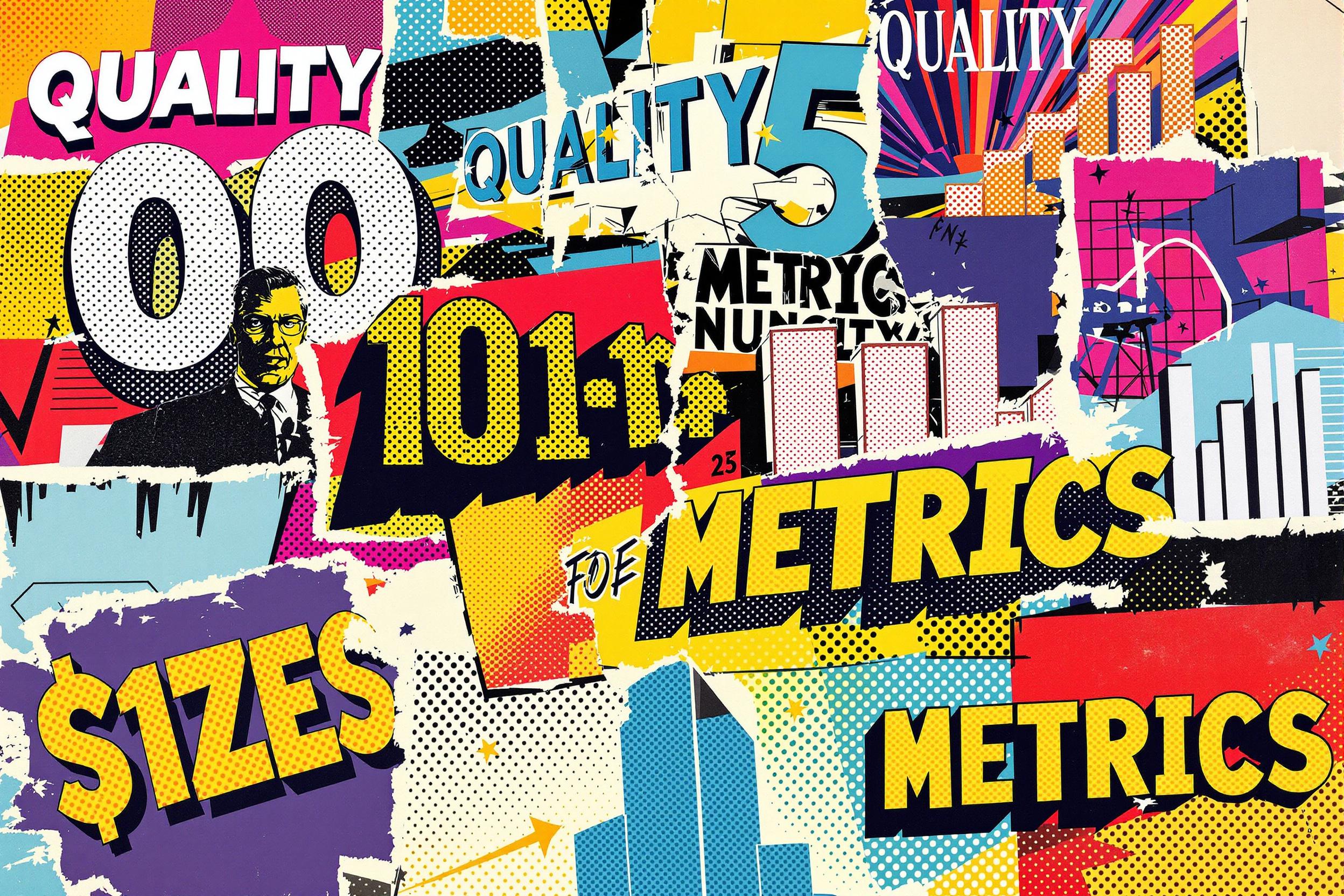
Waste Characterization
Waste Characterization is the process of identifying what types of materials are in waste streams and in what amounts. Think of it like taking inventory of trash - professionals examine, sort, and measure different kinds of waste to understand what's being thrown away. This information helps companies and cities plan better recycling programs, reduce waste costs, and meet environmental regulations. It's similar to doing a detailed audit of garbage to make smart decisions about how to handle it. This process might also be called "waste audit," "waste assessment," or "waste composition study."
Examples in Resumes
Conducted Waste Characterization studies for 3 major manufacturing facilities
Led Waste Characterization and Waste Assessment projects resulting in 30% cost reduction
Developed new Waste Characterization methods for municipal solid waste programs
Typical job title: "Waste Management Specialists"
Also try searching for:
Where to Find Waste Management Specialists
Professional Organizations
Online Communities
Job Boards
Example Interview Questions
Senior Level Questions
Q: How would you design a waste characterization study for a large manufacturing facility?
Expected Answer: A senior specialist should explain the planning process, including determining sample sizes, creating sorting categories, training staff, safety procedures, and how to analyze and present the data to make meaningful recommendations for improvement.
Q: How do you ensure compliance with environmental regulations while conducting waste characterization?
Expected Answer: Should discuss knowledge of relevant environmental regulations, proper documentation procedures, safety protocols, and how to identify and handle hazardous materials properly during the characterization process.
Mid Level Questions
Q: What methods do you use to classify different types of waste during characterization?
Expected Answer: Should explain basic sorting categories (recyclables, organics, hazardous materials, etc.), sampling techniques, and how to properly measure and record findings.
Q: How do you use waste characterization data to improve waste management programs?
Expected Answer: Should discuss how to analyze the data to identify opportunities for recycling, waste reduction, and cost savings, and how to present recommendations to management.
Junior Level Questions
Q: What safety equipment is needed for waste characterization?
Expected Answer: Should list basic personal protective equipment like gloves, safety glasses, steel-toed boots, and explain basic safety procedures when handling waste.
Q: What are the basic steps in conducting a waste sort?
Expected Answer: Should describe the process of collecting samples, sorting waste into categories, weighing materials, and recording data in a systematic way.
Experience Level Indicators
Junior (0-2 years)
- Basic waste sorting and categorization
- Data collection and recording
- Understanding of safety procedures
- Basic report writing
Mid (2-5 years)
- Project planning and execution
- Data analysis and interpretation
- Knowledge of regulations
- Team coordination
Senior (5+ years)
- Program development and management
- Advanced data analysis and reporting
- Regulatory compliance expertise
- Training and team leadership
Red Flags to Watch For
- No knowledge of basic safety procedures
- Lack of experience with data collection methods
- Unfamiliarity with environmental regulations
- Poor attention to detail in documentation
- No experience with report writing
Related Terms
Need more hiring wisdom? Check these out...

Refining Job Descriptions to Expand Applicant Pools: Casting a Wider Talent Net

Stop Chasing Unicorns: How to Finally Improve Candidate Quality Metrics (and Actually Enjoy Hiring)

Cutting HR Costs Without Sacrificing Quality: A How-To for Savvy Executives

